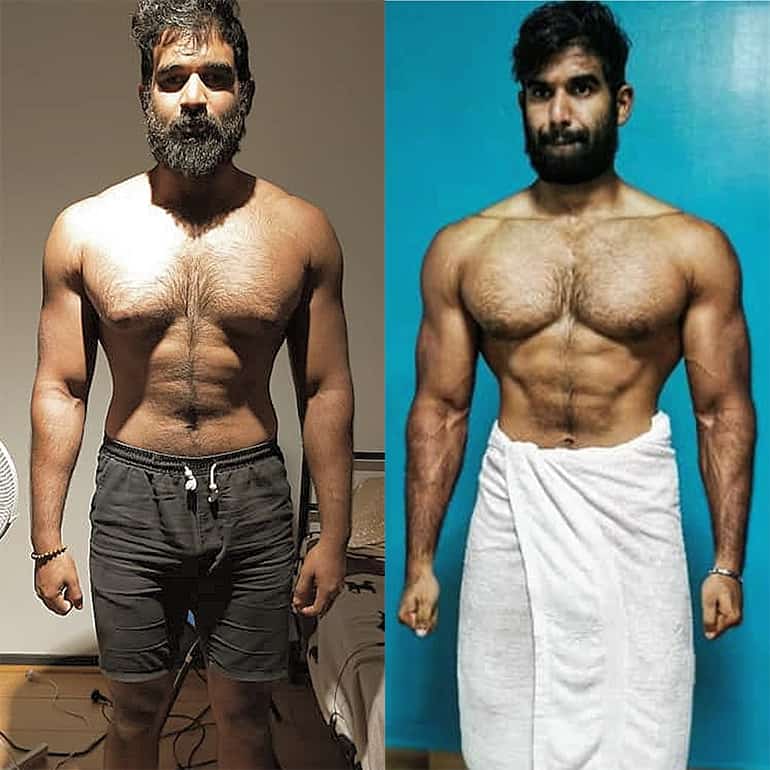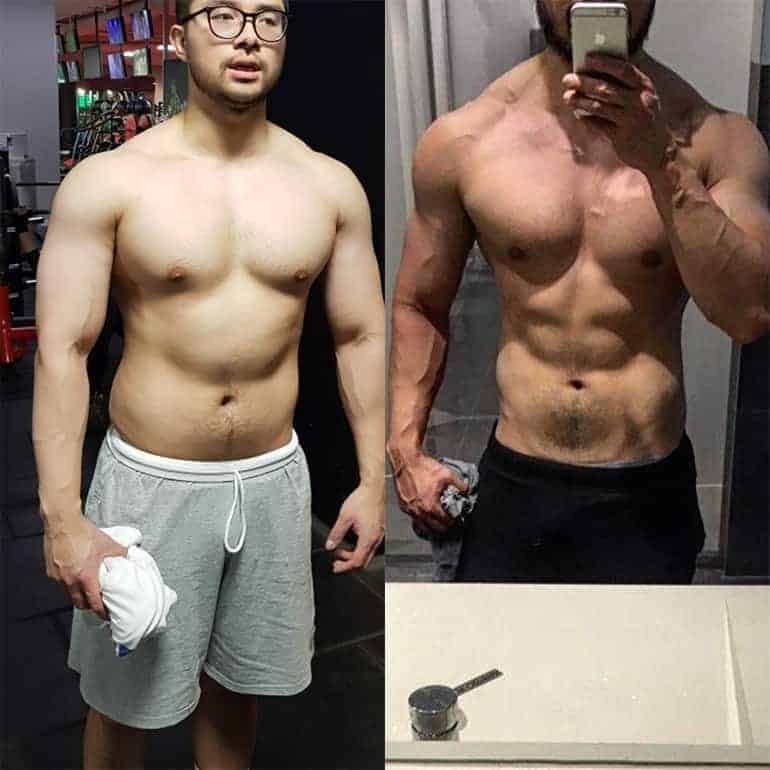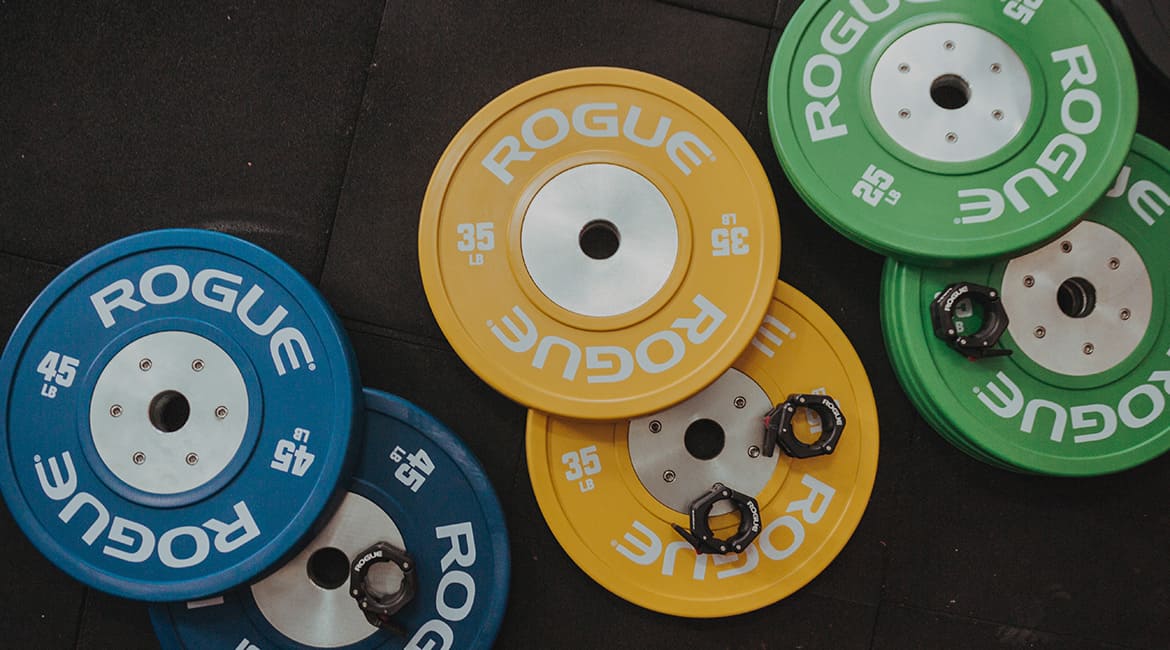
Performance Training for Body Composition (& the Energy Balance Equation)

You must be wondering what I mean by performance training for body composition. Before I explain, I think it’s crucial that we understand body composition and how it relates to energy balance.
Body composition is a way to describe what the body is made up of. When talking about physical fitness, it describes the proportion of fat and lean mass (muscle, bone, organs, tissue etc) in the body. Your weight, as well as your percentage body fat and percentage lean muscle mass determines how lean you look.
I’m going to tell you what I think is the most effective way to drop body fat and maintain lean mass and explain where people go wrong.
The energy balance equation
Energy balance is the primary factor for changing your body composition. I say primary because there can be other factors which can affect your body composition, one being hormonal where the ratio of lean mass and body fat can be altered, but that is whole article in itself.
Energy balance, also known as the energy balance equation, represents the relationship between energy in (which comes from food) and energy out (the number of calories you expend during the day). If these two are the same, yes you guessed it, you will maintain your weight. Having a long-term imbalance of this equation causes changes in body weight.
Now that you understand energy balance, hopefully it is pretty clear that in order to change your body composition, for example to lose body fat, you either need to decrease energy in by reducing food intake or increase energy out by doing more work. Both of these things will put your body in a calorie deficit, therefore your body will have to turn to stored energy for fuel.
It sounds simple – create a calorie deficit and you will lose weight. It is actually a bit more complicated though as when your body burns stored fuel and you lose weight, you don’t only lose fat. Your body also loses lean muscle mass and water. Your metabolic rate adapts to these changes in body composition, so you may need to create a larger deficit to lose more weight. I will explain how to manage this issue later in the article.
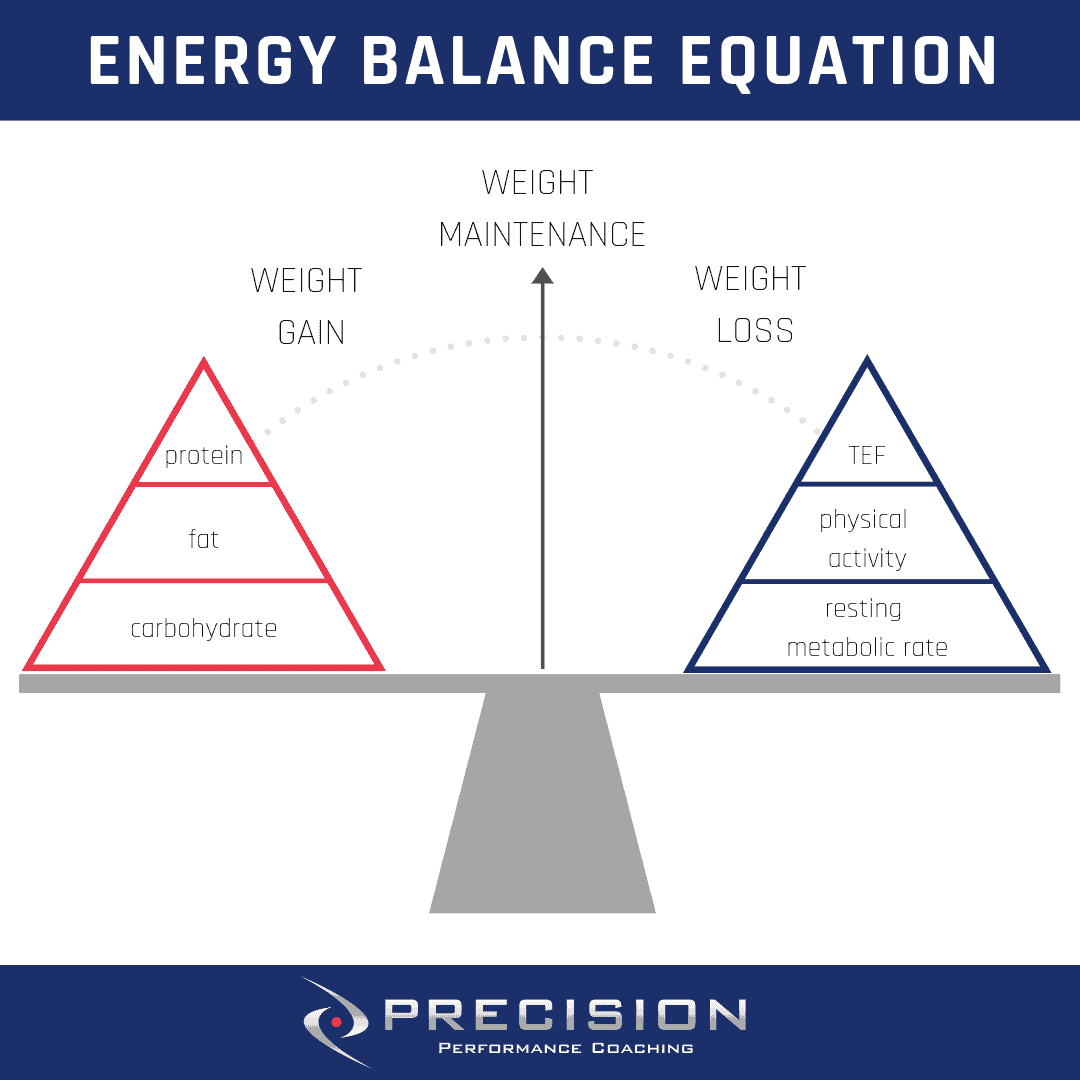
Increasing work to change body composition
Increasing exercise or output seems to be what a lot of people focus on when trying to decrease body fat. So how much work do you need to do?
Let’s say you were trying to lose a pound of fat a week. One pound of fat has about 3,500 calories, so to lose this you would need to create a 3,500-calorie deficit over the week. This means you would need to burn about an extra 500 calories through exercise each day.
Cardio training…
Many people make the mistake of using cardio as their main driver for fat loss but this method can cause issues.
Creating a 500-calorie deficit with cardio will work initially, but people find their weight loss quickly plateaus. Let me explain why that happens.
When a person loses weight they are losing both muscle and fat. The body wants to preserve energy to survive. Muscle is very energy expensive for the body as it requires a lot of energy just to maintain. When we perform cardio we aren’t providing any progressive overload to the muscles. The body is happy to rid itself of muscle mass it doesn’t need so it expends less energy at rest. This means that the more cardio we do; the more muscle is broken down and the lower the metabolic rate becomes. A lower metabolic rate needs less calories at rest therefore the calorie deficit needs to get larger and larger just to lose the same amount of body fat. Over time this is unsustainable and weight loss will plateau.
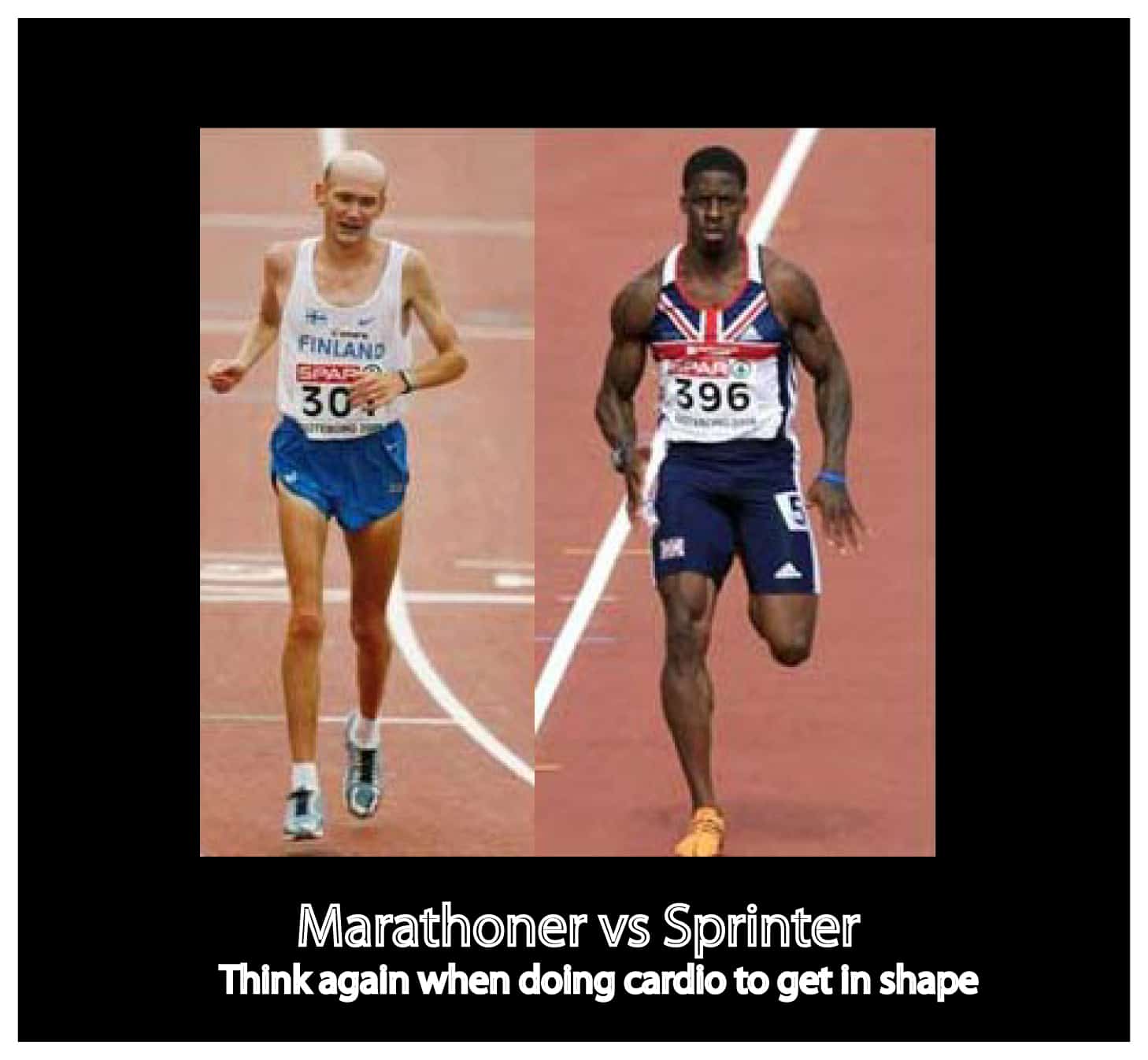
Look for example at a marathon runner – someone who does lots of cardio and has low muscle mass. That’s not the look most people are looking to achieve. The majority of people who want to lose fat want to retain muscle. This is why more running is not the solution. Running should be a tool for changes in body composition, but not the main driver. Exercises that ramp up your physical activity to levels that are not easy maintain will only provide short term benefits.
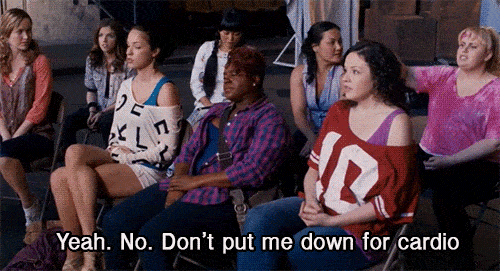
…VS Performance training
So, if cardio isn’t the answer, how do we increase work to change body composition?
The answer = creating a calorie deficit with performance training.
As I explained in my previous article on Hypertrophy, this kind of training is centered around moving weight, which causes the body to have to execute more force, leading to greater degree of energy output. A stronger individual has a higher work capacity making this method measurable and more sustainable way to change body composition.
The benefit of this kind of training compared to cardio is that improved performance in strength training will burn calories but also lead to an increase in muscle mass. As I explained above, muscle is energy expensive. An increase muscle mass will actually increase your metabolic rate and therefore cause your body to expend more energy at rest. This now leads to the opposite effect we described before – it will get easier to lose weight and the deficit required will be smaller with increased muscle mass.
Maintaining muscle mass while in a calorie deficit can be difficult as the body wants to preserve energy. For this reason, it is important to keep on lifting heavy and working with progressive overload to make sure that your muscles are still working hard. Compound movements, such as squat, dead lift and bench press, are the best for this as they allow you to load the body with the most amount of weight.
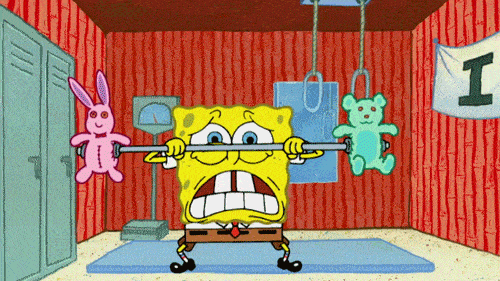
Here at Precision Performance Coaching we focus on moving more weight, performing better in a gym environment and getting stronger. I have personally always thought that performance-based training is king for changing body composition. If you are training to you look good, the way you train will dictate how you look. A stronger you is a better you, physically and mentally.
So instead of focusing on countless hours of cardio and running into a plateau, train like a beast. To look like a beast, you need to do what beasts do.
Thanks for taking the time to read this article and I hope you are got some useful information which you can apply to your training. If you would like to learn more about body composition, or even training in general, feel free to contact us. Alternatively, if you’d like to learn more about the services and training and nutrition programs we provide, please find more information here.
Want a free E-book?
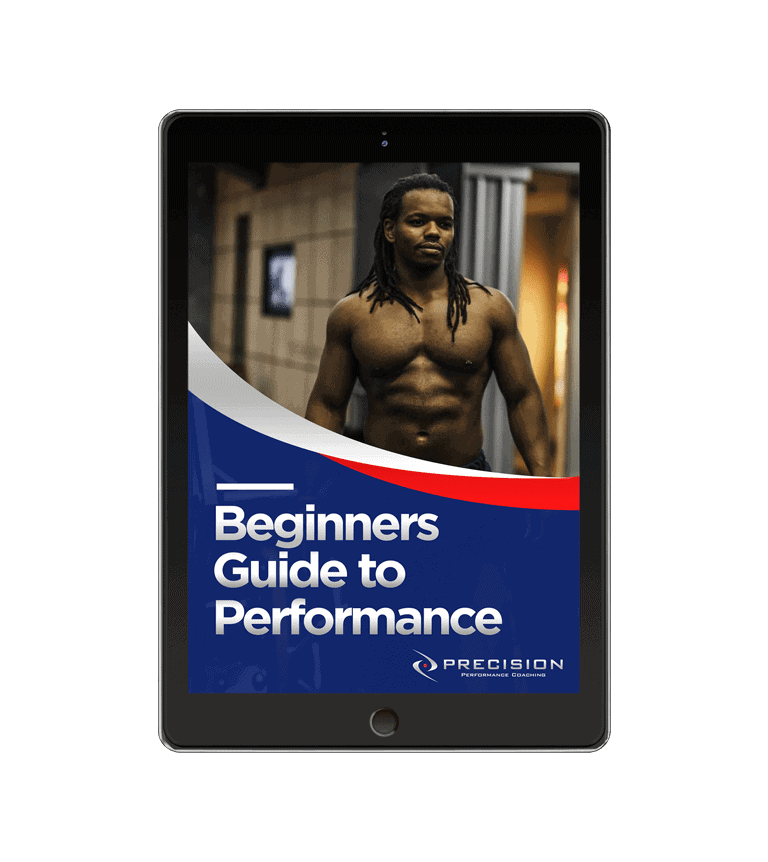
Get your free copy of the Beginners Guide to Performance e-book and start your training journey today!
recent posts
Join Our Mailing List
Sign up and get your free copy of the Beginners Guide to Performance e-book to start your training journey today!
Ready to break through plateaus & get real results?
Contact us now to find out how we can help you take your training and phyique to the next level.

